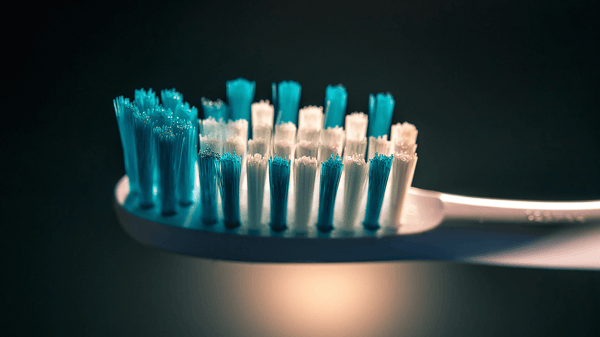Choosing the Right Toothbrush for a Healthy Oral Hygiene Regimen
What a Difference
You would think that it would be as simple as...well, brushing your teeth. But choosing the right utensils to get your pearly whites clean and sparkling is often more than just a simple matter of brand names, colors, shape, and aesthetics. The wrong brush can cause irritation, pain, and damage to the teeth, gums, and epithelial tissue lining the oral cavity when combined with improper practices in brushing techniques, frequency of brushing, and rate of replacement. Below we’ve outlined a simple guide to help you choose the right brush for your choppers to keep your smile healthy and bright.
The Choice is Yours
Here we look at the construction of the toothbrush to see the general preferences for effective and safe brushing:
- Bristles. Many brands sell toothbrushes with bristles in soft, medium, and hard varieties. Bristles can be made of a number of materials including nylon, boar’s hair, or even plant matter like sustainable, organic bamboo viscose. Soft, rounded bristles are ideal for any brush, as harder bristles can have abrasive effects on the teeth as well as the soft skin and tissue inside the mouth—causing enamel erosion, lacerations, and other injuries.
- Brush Head. Brush heads can often be found in typical size ranges of small to medium to large. A well-fitting brush head for the user is critical, as heads smaller in proportion to the mouth have the advantage of fitting into tighter spaces more accurately. Ideal heads for adults should be around ½ inch wide by 1 inch tall.
- Handle. Toothbrushes come with a host of handle designs from biodegradable bamboo to synthetic plastic handles with rubberized grips and angled necks. Brush handles should be long and wide enough to provide the fine articulation necessary for the circular motions and rapidly repeated strokes used to scrub the surface of the teeth, tongue, and gums. Ergonomic designs that support the proper brushing techniques with comfort are the best choice to go with.
- Power. Studies have shown that powered toothbrushes clean teeth and gums better than manual brushes. Electric brushes increase the rate of contact between the brush and the surface being cleaned. With their rapidly gyrating heads, electric-powered-toothbrush bristles make thousands more sweeping strokes per minute to help scrub away the debris that lead to cavities and gum disease.
Your toothbrush or electric brush head should be replaced once the bristles become visibly worn, mangled, frayed, or twisted, and otherwise every 12 to 16 weeks.
Follow these guidelines and you’ll be on your way to maintaining that brilliant smile for a long time to come.
As part of our enhanced benefits program, USFHP offers preventative dental care with discounted vision coverage as an added perk.
For more information and to enroll with USFHP call now at 1-800-241-4848 and let us get you covered.


